Best SUV Cargo Space by Segment

Cargo carrying capacity is a key purchasing factor for a lot of SUV buyers. They want a vehicle that can haul a lot of gear, regardless of the SUV’s actual size.
If outright cargo capacity was the only purchasing determinant, then everyone would just buy a GMC Yukon XL and be done with it. But many don’t want, or need, something that gargantuan. For them, there is a happy middle ground between vehicle size, style, function and storage space. A place where all their needs are met.
SEE ALSO: Which SUV Has the Most Cargo SpaceTo help these consumers out, we’ve gathered the leaders in cargo capacity within 10 sub-segments amongst crossovers and SUVs. Small, large, stylish, and electric, we have a little something for everyone in our list of the top 10 SUV cargo champions.
City Crossover: Nissan Kicks – 32.2 cu ft
The smaller end of the subcompact crossover segment is something we like to call city crossovers. These are diminutive, high-riding hatchbacks that are quickly replacing the usual subcompact car. The field of players here is small as the segment is in its infancy. The current cargo champion is the Nissan Kicks that offers an extra 0.4 cubic feet of cargo space over the runner up – the Hyundai Kona.
Subcompact Crossover: Volkswagen Taos – 65.9 cu ft
While compact crossovers continue to grow in size (just look at how much cargo capacity they now have), the class one size smaller is thriving. An area pioneered by the likes of the Jeep Compass, then perfected by the Subaru Crosstrek, nearly every mainstream manufacturer now has an entry in this field. The leader in cargo capacity is a relative newcomer in the Volkswagen Taos. With 65.9 cubic feet of total cargo space, it handily swallows up more gear than the next biggest vehicle, the Kia Seltos at 62.8 cu ft.
Compact Crossover: Hyundai Tucson – 80.3 cu ft
My how things have changed. Remember the original Hyundai Tucson? It was about the size of the pervasively mentioned Volkswagen Taos. But a few generations later and its now living large – literally. In fact, at 80.3 cubic feet of space, the compact Tucson can actually carry more gear than its mid-size crossover sibling, the Hyundai Santa Fe. In its own segment, nothing touches it either, as the Honda CR-V finishes a distant second with 75.8 cu ft of capacity followed by the Subaru Forester at 74.2 cu ft.
Mid-Size Crossover: Volkswagen Atlas Cross Sport – 77.8 cu ft
Stepping up a class in terms of vehicle size, if not necessarily cargo capacity, we have the mid-size crossover champion, the Volkswagen Atlas Cross Sport. Although the anomaly that is the Hyundai Tucson may have more cargo capacity than any mid-size crossover or SUV, on average, this class does offer more space than their compact crossover compatriots. The Cross Sport offers 77.8 cu ft of space which is just a little more than the next biggest mid-size crossover, the Honda Passport.
SEE ALSO: 7 Passenger Vehicles: Top 10 Most AffordableWagon Crossover: Subaru Outback – 75.7 cu ft
Since traditional station wagons don’t sell in much volume, manufacturers have been lifting them up and turning them into more appealing wagon crossovers. The originator of this modern trend, the Subaru Outback, continues to offer the most cargo capacity. It has an extra 11.7 cubic feet of space over the next closest rival, the Mercedes-Benz E-Class All-Terrain, and much more than that over the Volvo V90 Cross Country and Audi A6 allroad.
Three-Row Crossover: Chevrolet Traverse – 97.4 cu ft
Three row crossovers come in many sizes, with the absolute largest of the breed being the Chevrolet Traverse. With both rows of seats folded flat, it can hold nearly 100 cubic feet of paraphernalia – more than many large SUVs. It’s enough to just out-haul its corporate twin, the Buick Enclave, as well the third largest three-row crossover, the Volkswagen Atlas.
Full-Size SUV: Chevrolet Suburban: 144.7 cu ft
It seems like ever since humans first strapped an engine to four-wheels, the Chevrolet Suburban has been the cargo champion of SUVs. This still rings true today, and it’s not even close. With 144.7 cu feet of cargo capacity, the Suburban, its twin the GMC Yukon XL, and it slightly smaller sibling, the Cadillac Escalade ESV, can’t be touched. In fact, the next largest SUV is actually the shorter-wheel base Chevrolet Tahoe, some 20 cubic feet smaller. After that, comes Ford’s extended length Expedition MAX in third place.
Off-Roader SUV: Toyota 4Runner TRD Pro – 89.7 cu ft
Sometimes hauling gear deep into the woods and over a mountain is required. For this task, one will need a wholly capable off-road ready SUV. The SUV that’s going to get the most gear to a destination in these circumstances is the Toyota 4Runner TRD PRO. Better equipped to handle gnarly terrain than lesser 4Runners, the TRD PRO can still haul 89.7 cubic feet of cargo with the rear seats all folded flat. That beats the next largest hauler, the Ford Bronco 4-Door Soft-Top which is rated at 83 cu ft, followed by the Land Rover Defender 110 at 78.8 cu ft.
SEE ALSO: 8 Seater SUV: Top 10 BestLuxury Coupe SUV: Audi Q8 – 60.7 cu ft
What if style is just as important as cargo capacity? Although this may seem like a bit of an oxymoron, as SUV coupes by nature are designed to sacrifice cargo capacity, the one that sacrifices the least is the Audi Q8. With just over 60 cu ft of space, it slots in ahead of the BMW X6 which can carry just over one cubic foot less gear. From here, the segment shrinks as popular options like the Porsche Cayenne Coupe and Mercedes-Benz GLE coupe offer even less capacity.
Electric SUV: Rivian R1S – 104+ cu ft
No engine? No problem. There are now plenty of all-electric SUVs that offer impressive cargo carrying capabilities. The Rivian R1S is the undisputed champion with over 104 cubic feet on hand between the space in the vehicle’s cabin as well as in the front trunk. Soon to take second place will be the Hummer EV SUV with a combined 93.1 cu ft of capacity, followed by the Tesla Model X that measures in at 91.6 cu ft.
Become an AutoGuide insider. Get the latest from the automotive world first by subscribing to our newsletter here.

A 20+ year industry veteran, Mike rejoins the AutoGuide team as the Managing Editor. He started his career at a young age working at dealerships, car rentals, and used car advertisers. He then found his true passion, automotive writing. After contributing to multiple websites for several years, he spent the next six years working at the head office of an automotive OEM, before returning back to the field he loves. He is a member of the Automobile Journalists Association of Canada (AJAC), and Midwest Automotive Media Association (MAMA). He's the recipient of a feature writing of the year award and multiple video of the year awards.
More by Mike Schlee



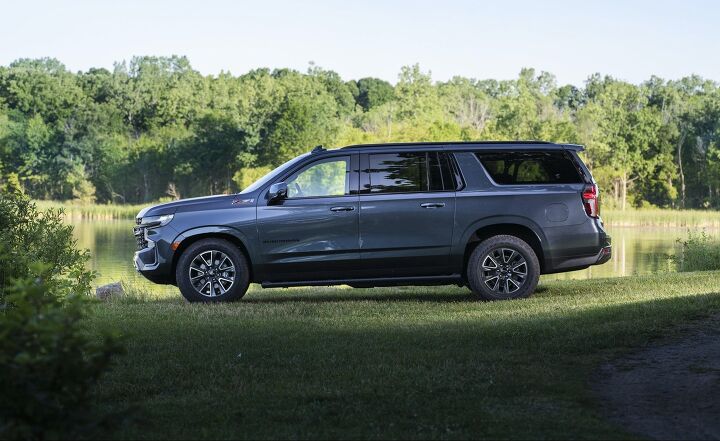



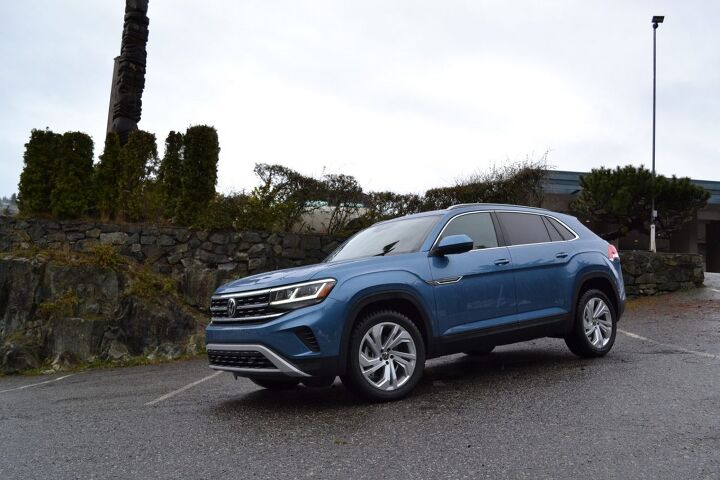


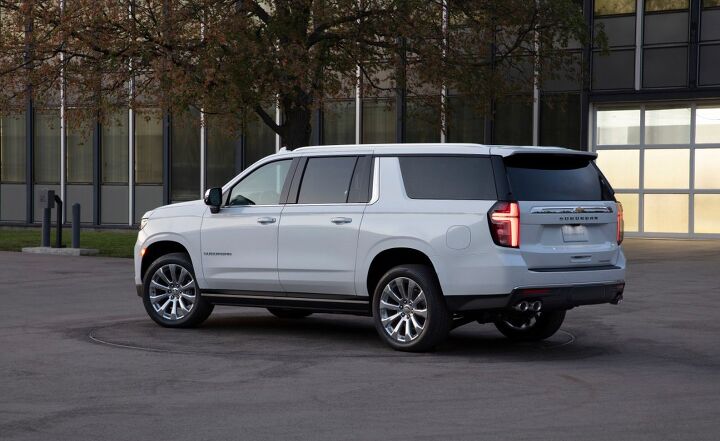


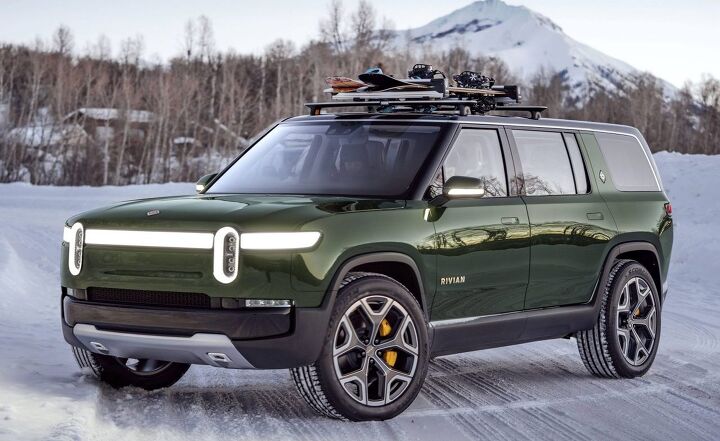













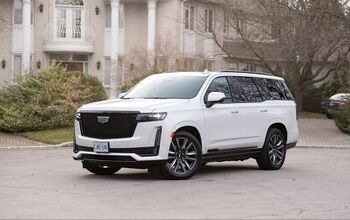


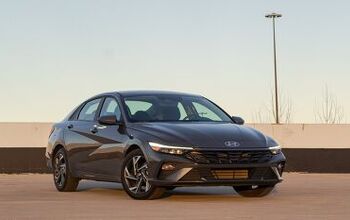










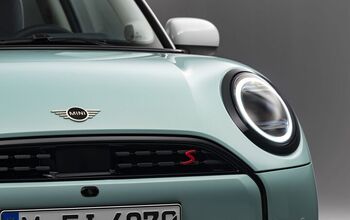
Comments
Join the conversation